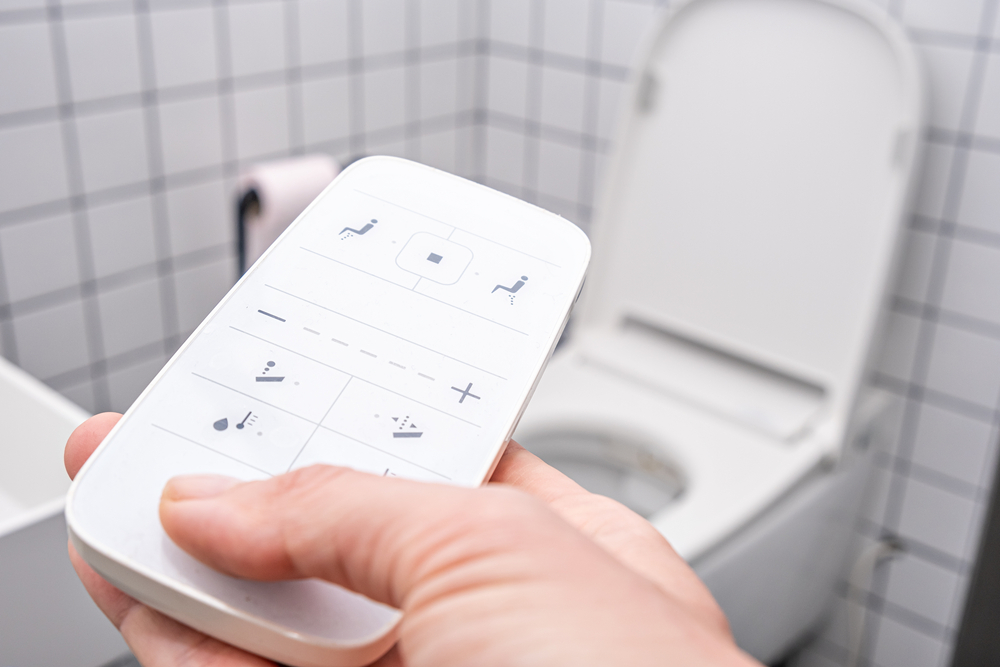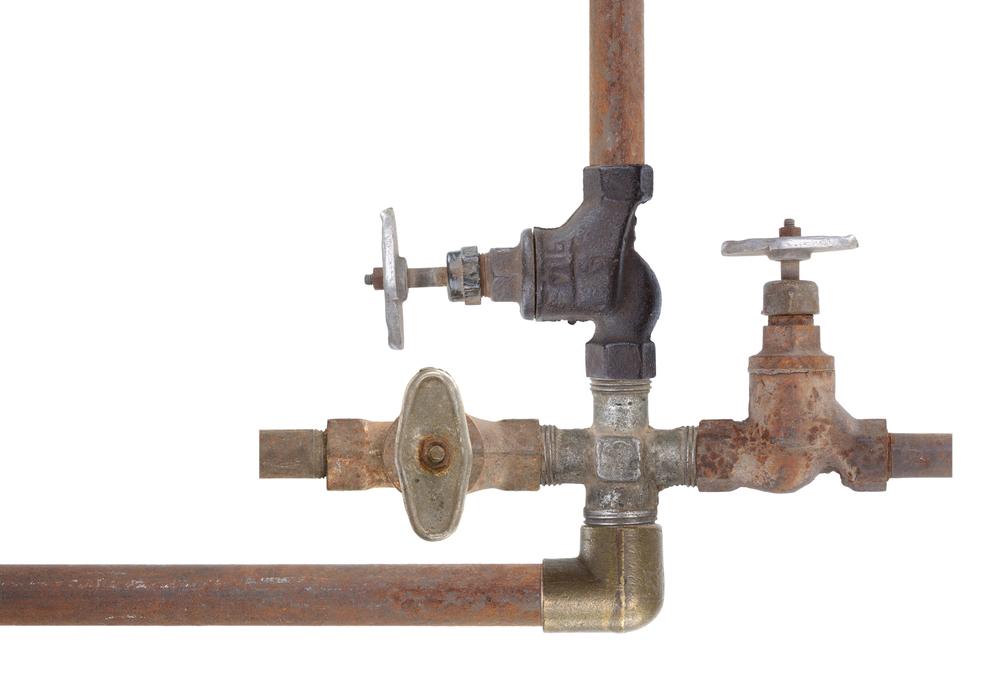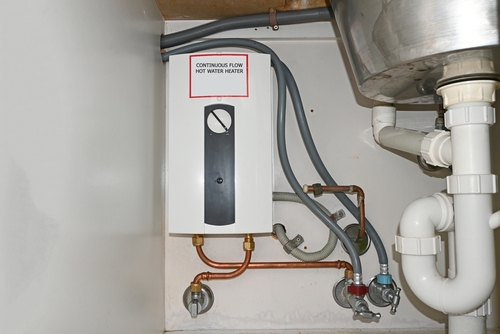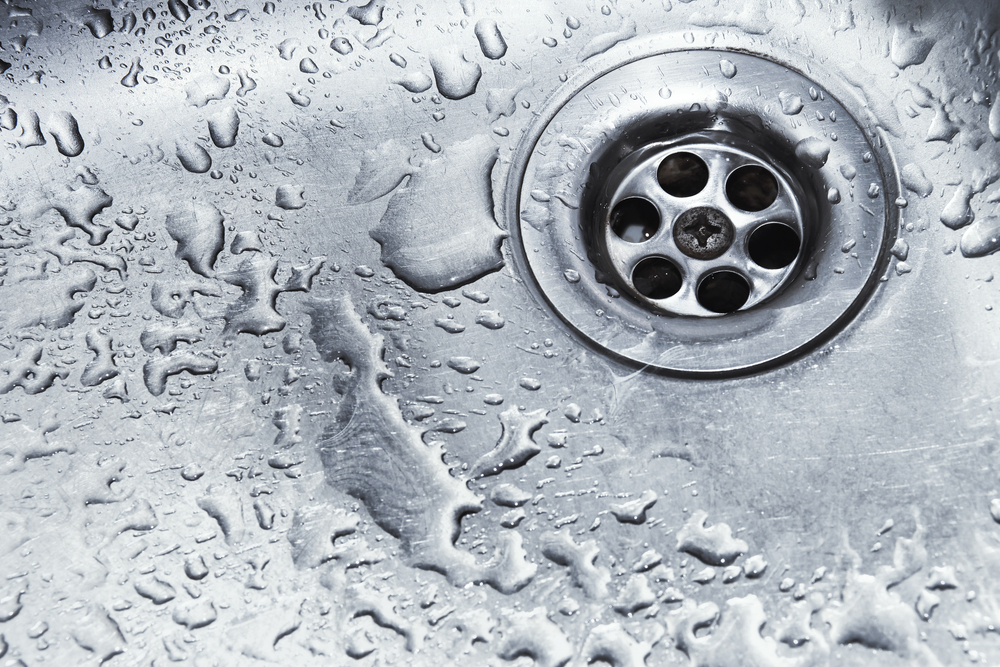January 2, 2025
Innovative Plumbing Solutions for Older Denver Homes
If you own an older house, you understand that these homes come with a lot of character. Some of these quirks, like vintage woodwork or a unique floor plan, can make living in an older home all the more special. However, things like outdated plumbing can make your home feel, well, outdated.
Whether you’re considering replacing old pipes or looking for plumbing upgrades to add to your home, many options exist. Your budget, your timeline, which rooms you want to update, and what you hope to achieve by updating the plumbing in your old house can influence which choices are best for your needs. If you’re unsure where to get started, don’t worry! As your local, family-owned home service experts, we’ll walk you through plumbing trends and the best plumbing upgrades for old homes.

Trends in Plumbing Upgrades – Eco-Friendly Solutions
Sustainability is a major trend in plumbing right now. Many homeowners are choosing eco-friendly fixtures to conserve water and energy. Plus, eco-friendly plumbing can also save homeowners money in the long term.
The average American household uses over 100,000 gallons of water a year. Switching to eco-friendly appliances can cut this down by 60%. Imagine how much better your monthly water bill would look if it were 60% less.
Depending on your needs and the level of sustainability you want, there are several green plumbing options. Some are as simple as swapping out your existing toilet for one that’s more water-efficient, while others can require more work. If you’re interested in making the plumbing in your older home more eco-friendly, talking with a licensed plumber can be a great place to start.
The Best Plumbing Upgrades for an Old House
Replace Outdated Pipes

If your house is old, there’s a strong chance that your pipes are old, too. Depending on when your house was built, you may have pipes in your plumbing system made from cast iron, galvanized steel, or polybutylene. While these materials were the best options at the time, there are many problems that can develop in these pipes over time.
One of those issues is corrosion. As the material inside a metal pipe is damaged, it can discolor your water, give the water a bad taste or smell, cause low water pressure, and even contribute to health issues if left unfixed for an extended period of time. Older pipes have also undergone a lot of wear and tear, which can cause leaks, pipe bellies (sags), or more serious plumbing disasters.
Luckily, replacing your pipes can alleviate your risk of these issues. Modern innovations in plumbing have made these older materials obsolete. Today, most pipes are made from copper, PVC, or PEX. Each one has different applications and comes with its own set of pros and cons:
- Copper pipes are great at handling high temperatures and producing strong water pressure. Plus, they’re resistant to corrosion. Many people use copper pipes in their showers, sinks, and bathtubs. The downside is that copper pipes are expensive and inflexible, making them more difficult to work with.
- PVC pipes are lightweight and inexpensive. Made of plastic, they are resistant to corrosion. However, they can’t withstand high temperatures. PVC pipes are most commonly used for vent, drain, and waste lines.
- PEX pipes are made of polyurethane. They’re notable because they’re flexible and resistant to freezing. This often makes them the best choice for places like Colorado, where pipes might freeze in the winter.
While replacing your pipes might be one of the more costly upgrades, it will add value to your home and reduce the risk of plumbing failure. A licensed plumber will discuss your options and guide you toward the materials that will work best for your needs.
Upgrade Bathroom Fixtures
If replacing the pipes in your home is a bigger project than you’re up for, consider starting with your bathroom fixtures. This is a smaller-scale project that can have a big impact on the appearance and functionality of your bathroom.
Changing out your faucet or shower head for a fixture in a more modern finish can help your old house look new again. Matte black, brushed brass, and even mixed metal fixtures all have a contemporary feel, but even switching them out with a classic nickel or pewter fixture with a sleek design can bring your bathroom into the modern era.
When you’re upgrading bathroom fixtures, here are a couple of pointers to keep in mind:
- Functionality: What does the fixture need to do? Are you looking for a showerhead with multiple spray patterns? Do you need a toilet with a built-in bidet? Decide first what must-haves a fixture needs to truly be an upgrade.
- Water efficiency: Changing out fixtures with ones that conserve water is a great way to make your house more eco-friendly. Look for fixtures with the WaterSense label. These meet the EPA’s requirements for water efficiency.
- Aesthetic: You have a certain style, and your fixtures should match! Are you hoping to make your bathroom look more contemporary? Going for a spa-like feel? Or want something more traditional? Considering how your fixtures will look is a major part of your decision.
- Budget: Your project’s budget will limit which fixtures make the most sense for your home. Talk with your plumber about your budget before you start shopping. That way, you won’t fall in love with a high-end product when you’re looking for something more budget-friendly.
Consider Smart Plumbing Fixtures
Now more than ever, it’s possible to control your house with only a phone and an app. Similar to smart lighting or security systems, homeowners can choose to install smart plumbing fixtures.
For those who love technology, this can be an incredible option. You can have a shower that responds to voice commands and remembers your preferred water temperature setting, toilets with heated seats, or an irrigation system that senses weather patterns. There are a range of smart plumbing fixtures on the market, including:
- Smart showers
- Smart toilets
- Touchless faucets
- Leak sensors
- Smart irrigation system
- Smart water management systems
- And more!
Switch to a Tankless Water Heater

One plumbing upgrade to consider for your old house is switching your standard water heater to a tankless one. Water heaters with tanks can be clunky, take up a lot of space, and need to be replaced every 8-15 years. Plus, they provide a limited supply of hot water. If you’re used to planning your showers around when you’re running the washing machine or if the last person in your household to shower in the morning is used to bathing in chilly water, you know exactly how much of a pain that can be.
Tankless water heaters can essentially provide endless amounts of hot water. Because they don’t have a tank, they heat water “on demand.” They last longer, too. On average, tankless water heaters only need to be replaced every 20 years. In addition, they’re more eco-friendly than traditional water heaters because they produce fewer carbon emissions. Changing out your old water heater with a tankless one is a straightforward plumbing upgrade that comes with many benefits.
Add a Water Filtration System
The water quality in your house is important. This is the water you’ll drink, bathe in, use to sanitize your dishes, and a whole lot more. The water in old homes is at a higher risk of containing corroded metal from the older pipes or even containing lead from lead pipes that haven’t been replaced. A water filtration system will capture iron, lead, and any other contaminants that might be floating around in your water. This can put your mind at ease if you’re not yet able to afford to replace the pipes in your home.
A water filtration system has another benefit, too. By filtering the contaminants out of your water, it can also extend the life of your pipes and your appliances. The water from your municipal water system contains minerals and other particles that can build up in your pipes or appliances over time. This can cause clogs, low water pressure, or even damage appliances. Water filtration systems capture these particles and filter them out, keeping your pipes and appliances squeaky clean.
Install a Greywater Recycling System
Every time you run a load of laundry, wash dishes, or even take a shower, you’re creating something called “greywater.” This is water that doesn’t have any harsh or dangerous chemicals. While it isn’t clean enough for drinking or bathing, it can be used for a variety of other purposes like watering the yard, flushing the toilet, and even washing your clothes.
Greywater recycling systems are plumbing systems designed to capture this type of water and cycle it back to specific parts of the house. By doing so, you’d conserve thousands of gallons of water each year. Many homeowners choose to use greywater in their irrigation systems. With an average of 30% of household water usage going to the lawn or garden, a greywater system could cut your water usage by nearly a third, making your home more sustainable and saving you money.
Install a Sump Pump
Most old homes were built before the installation of a sump pump was common practice. If you have drainage issues, have noticed water in your basement, or want to prevent water from leaking into your home, installing a sump pump can be a smart choice.
Sump pumps help prevent water from entering your basement and reduce the risk of water damage to your foundation. As water builds up around your home, the sump pump captures it and pumps it away from your house, usually to a storm drain or drainage pond. This keeps your home safe during large rainstorms, spring snow melt, and other factors that may cause water to build up around the foundation of your home.
Maintain Your Drains
Not every plumbing upgrade for an old house requires adding or replacing something. Sometimes, the best thing you can do is take good care of what you have. Slow drains can be a nuisance and, if left without fixing, can develop into more complex, expensive issues.

It’s common to use drain cleaners or other products to mitigate the clog. While these products are widespread, drain cleaners often don’t address the core issue of the clogged drain. What’s worse, drain cleaners can erode pipes and make the issue worse.
Proper drain maintenance can extend the life of your drains and keep everything in your bathroom or kitchen running smoothly. A licensed plumber, like those at Applewood, should snake your drains to remove any potential clogs from the pipes. This cleans them out and prevents future issues. Plus, a plumber will be able to determine if a clogged drain is truly the culprit behind a slow draining sink or tub, or if there’s a larger issue that needs to be addressed.
Get Started – Call the Plumbing Experts
At Applewood Plumbing, Heating & Electric, we’re a locally run business that specializes in helping homeowners with all their plumbing needs. Our team of licensed plumbers has seen, and can do, it all! Whether you’re ready to install a smart toilet or need help completely replacing the pipes in your house, our team is here to help.
Applewood provides comprehensive plumbing repair, maintenance, replacement and upgrade services. We’ve proudly served our communities in the Denver area for 51 years including Longmont, Brighton, Boulder, Parker and Littleton.


